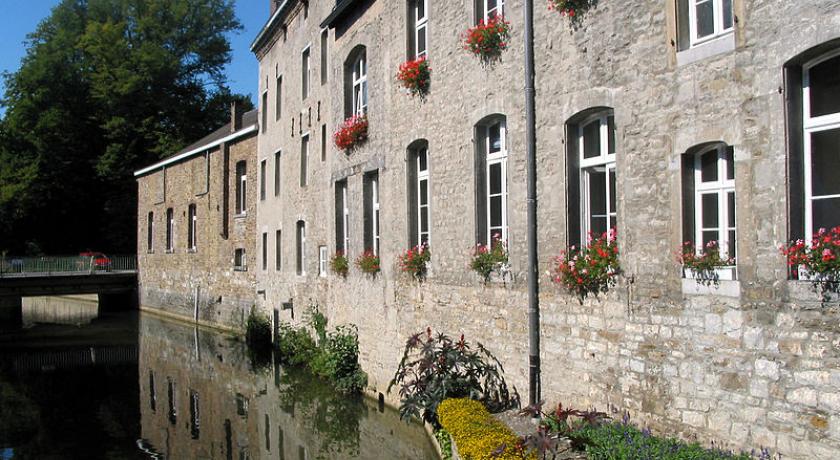Description
Yvoir (in Walloon Uwar) is a French speaking municipality of Belgium located in the Walloon Region in the province of Namur, as well as a locality where its administration headquarters is located.
History
Today, there are ruins of the medieval castle of Poilvache dating from the thirteenth and fifteenth centuries, overlooking the Meuse and dominates the Houx village it held a strategic position in the middle ages on the borders of the Liège Principality and the count of Namur, during the cow war.
The region was a thriving industry between the sixteenth and the twentieth century: metallurgy, careers and water.
It was at Houx and at Yvoir on Sunday, the 12th of May 1940 late afternoon, that the Germans of the Werner Voraus-Abteilung (OberstPaul Hermann Werner), the vanguard of the 5th Panzer Division (Max von Hartlieb-Walsporn) but temporarily under the control of the 7th Panzer Division (Erwin Rommel), reached the Meuse, thus being the first German training among those engaged in the Ardennes to reach the river. Seeing the bridge still intact, the German armored car tried to seize it; but the bridge was defended by a squad and a half of the 5th regiment of the Ardennes hunter.
Note 1, including a 47 mm ATK anti-tank gun that repels attacks, and under the German fire, one of the defenders manages to activate the destruction device of the bridge, leaving there his life, the explosion of the bridge rousing in the Meuse German armored car (with its crew) immobilized on by the antitank gun. Werner also search with its units another passage on the Meuse: it can be found in Houx.
Isolated on the right bank, where he just passed right before the arrival of the Germans which he ignored, the colonel Tachet, Commander of the 129e RI, was killed.
The next morning, at 4:30 the Germans of the II. /Schutzen - Regiment 13 (of the 5. Panzer - Division) were trying to cross the Meuse to the South of Yvoir on inflatable boat. The French machine-guns reacted and sank the canoes, with their occupants who were heavily equips. Seeing that it turns to be a failure, Von Hartlieb cancels the operation; his troops were more successful at Houx where they established a head bridge.
The municipality of Yvoir was created in the year 1976. It was the result of the merger of the former municipalities of Yvoir (which had previously integrated Evrehailles and Houx since 1964), Godinne (which included mount since 1964), Purnode, Dorinne, Durnal and Spontin.
Places and monuments
- Yvoir Railway Station
- Three monuments commemorate the resistance to the German attack from the 12th to the 15th of May 1940:
On the abutment of the old bridge on the Meuse River (right bank), the monument to the Ardennes hunters who defended the bridge (a platoon of the 5th Regiment).
On the left bank, opposite the monument to the Ardennes hunters, a central stele in the forefront of a semicircle formed of five stone pillars, in memory of the Belgian lieutenant René de Wispelaere (bilingual registration).
In front of the Town Hall, in honor of the French colonel Tachet of Combes, Commander of the 129 Infantry Regiment, and the 154 members of this unit.
- Yvoir Island: with a length of 400 m, with a width of 100 m, it covers an area of 2.5 ha, half of which is devoted to tourism.
- List of Yvoir classified heritage.
- A magnificent Town Hall.
- Some vestiges of the old forges between Yvoir and Bauche. See especially the mill of Bauche, memory of the 12 ° forge of Yvoir.
- Many old hotels in the railway station area and in the center, at the time of the tourism splendor.
- An old maka at the entrance of the Park.
source https://fr.wikipedia.org/wiki/Yvoir
Address
Yvoir
Belgium
Lat: 50.326969147 - Lng: 4.877858162




